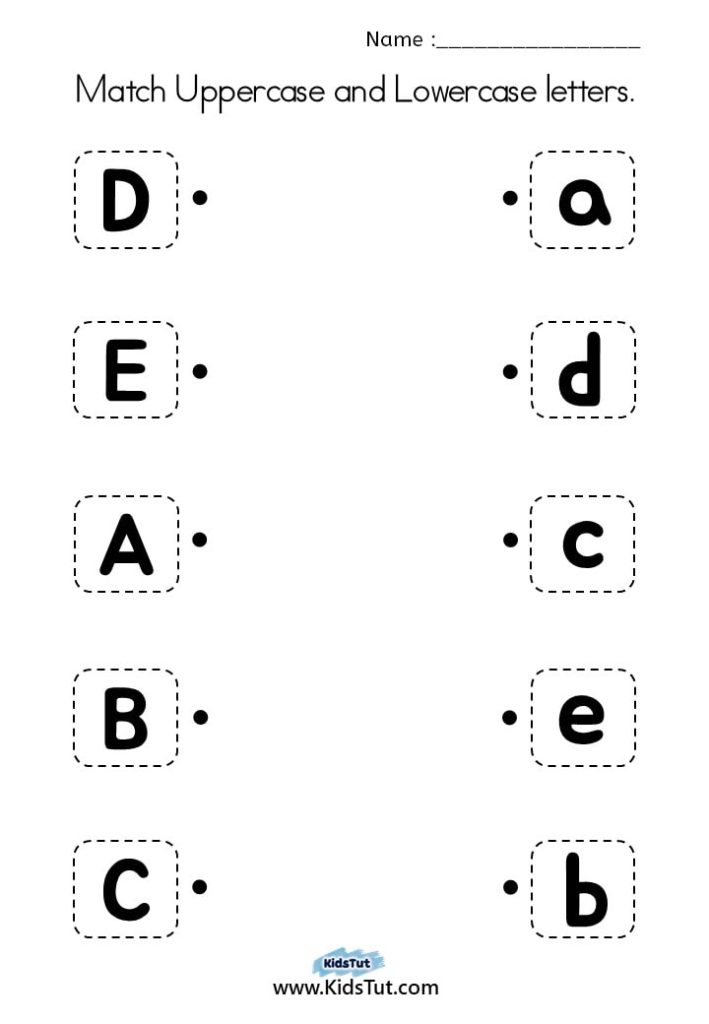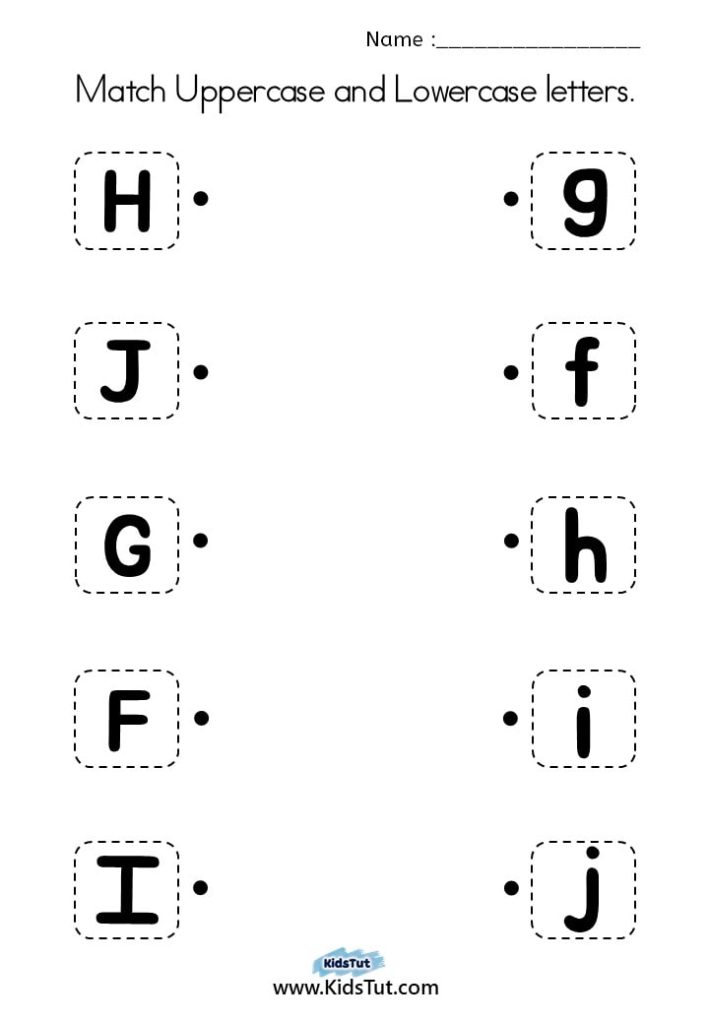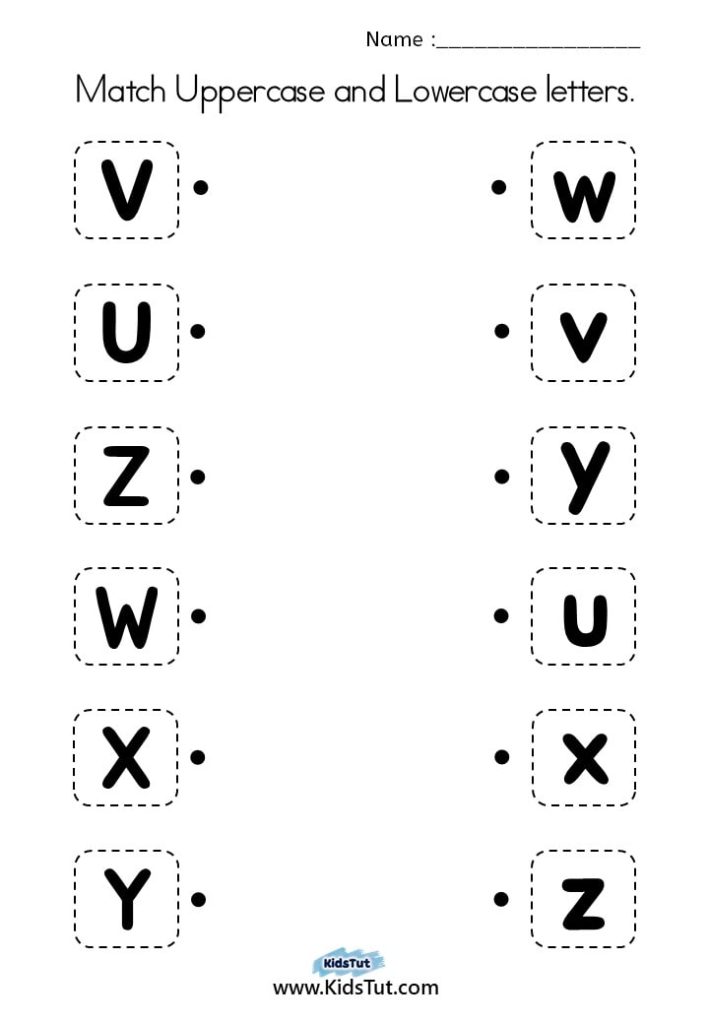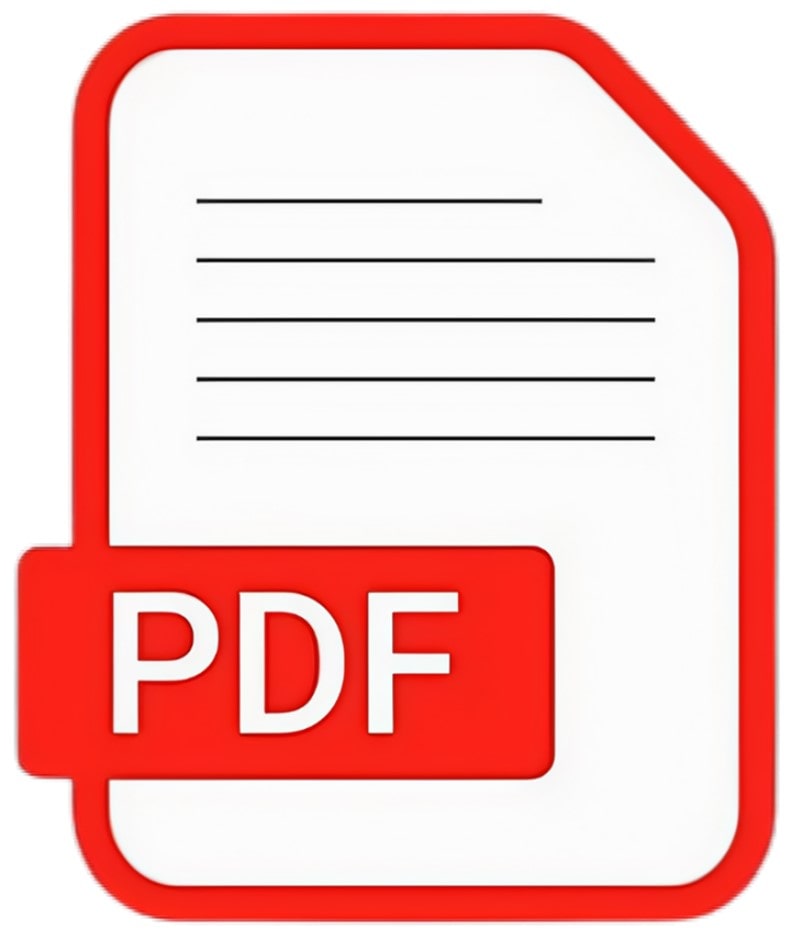Fun matching game for kids! Match uppercase and lowercase letters from A to Z to improve your child’s letter recognition skills. Enjoy learning the alphabet together!






*** You have the option to download the PDF file from this location.- Download
Today, we will study a series of assignments that can be given to children to teach language. The first step in introducing language to children is to teach letters. Accordingly, teachers introduce the 26 alphabet letters by showing sounds and images. Likewise, they introduce the words that begin with each letter to the children. In this way, step by step, teachers help children understand their language.
Ways to Introduce Children to the Letters of the Alphabet:
- Familiarize children with the symbolic image of letters by showing them letter cards.
- Introduce the sounds of letters through songs and rhymes.
- Develop children’s memory of learned letters by planning various games and activities.
- Allow children to watch alphabet teaching videos during leisure time.
- Give assignments to children to evaluate their ability to recognize letters.
We know very well that every letter of the alphabet has two types of letters, uppercase and lowercase. So, it will be a big challenge for you to introduce children to each upper and lower case letter. For that, you can use various activities, games, and worksheets for children. Along with this, hang up an Albert chart showing both uppercase and lowercase letters for the children to see often. And read it with children once a day. With all this, you will be able to easily introduce the difference between lower case and upper case to children.
Also from this learning page, we bring you a series of activity sheets for introducing upper and lower case letters. The activity given to the children in these activity sheets is to select the uppercase letter and the lowercase letter corresponding to the 26 letters. Here we have given you 5 assignment pages containing all 26 letters from A to Z.
There, letters are given from A to E on the first page, F to J on the second page, K to O on the third page, P to T on the fourth page, and U to Z on the last page. Those letters on one page are given here not alphabetically. It helps children engage in these assignments in a more challenging way.
Let us examine what uppercase and lowercase letters are.
We talked before that all 26 letters of the English alphabet have two types of letters, lower and uppercase. Knowing the difference between these two types of letters is most helpful for children in writing. Uppercase is used at the beginning of sentences, in abbreviations, and in writing proper nouns. All others are always lowercase. Some upper and lower case letters have the same shape, and lower case letters are smaller in size. For example, the letters Cc, Kk, Oo, Pp, Ss, Uu, Vv, Ww, Xx, and Zz can be pointed out. In other fonts, uppercase and lowercase letters have unequal shapes. Ex: Aa, Bb, Dd, Ee, Ff, Gg, Hh, Ii, Jj, Ll, Mm, Nn, Qq, Rr, Tt, and Yy.
This worksheet will help your children understand the difference between upper and lowercase letters. Fun learning time with these worksheets! 🙂
